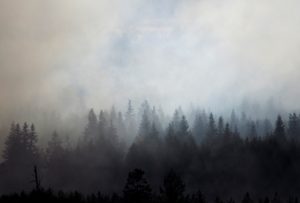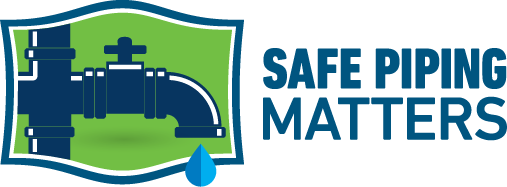AWWA finds plastic pipe contaminated water systems after wildfires

The Tubbs Fire (2017) and Camp Fire (2018) are the first known wildfires where widespread drinking water chemical contamination was discovered in the water distribution network and not in the source water after the fire. In both disasters, drinking water exceeded state and federal government-defined exposure limits for several volatile organic compound (VOC) contaminants (e.g., benzene at 40,000 µg/L [Tubbs] and >2,217 µg/L [Camp]).
This work outlines factors that influence wildfire‐induced drinking water quality threats based on the findings from these two fires and explores related scientific and policy issues. For example, certain plastics in the network may serve as a primary VOC source through in situ plastic pyrolysis. Depressurization of the distribution network likely transported contaminated water that subsequently contaminated undamaged infrastructure. As wildfires at the wildland–urban interface are likely to occur more frequently, greater scientific evidence is needed to guide agency responses that will better protect public health.
View the original research — published by Andrew J. Whelton, Amisha D. Shah, David Yu, Juneseok Lee, and Caitlin R. Proctor — for complete details.
